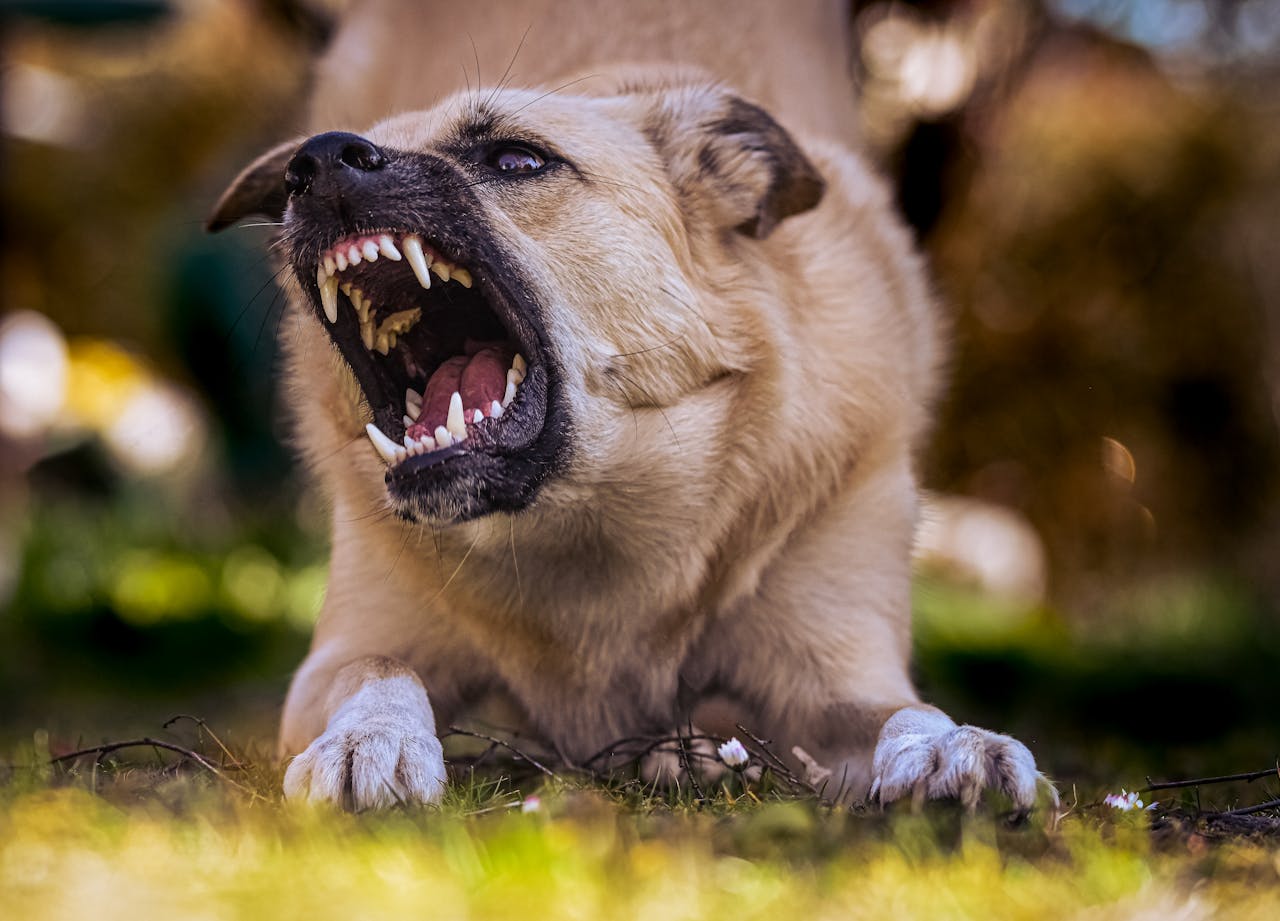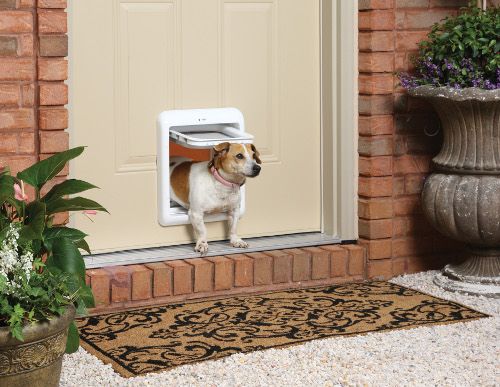Aggression in pets can be a challenging and concerning issue for many pet owners. It not only poses risks to other animals and people but can also lead to stress for the pet and its family. Understanding the triggers of aggression and knowing how to handle these situations is crucial for any pet owner. This comprehensive guide will explore common types of aggression in pets, their triggers, effective solutions, and answer some frequently asked questions.
Understanding Aggression in Pets

Aggression is a natural behavior in animals, often stemming from instinctual responses. However, when it becomes excessive or problematic, it requires attention. Recognizing the signs of aggression early can help prevent escalation and ensure a safe environment for both pets and people.
Types of Aggression
Understanding the different types of aggression can help pet owners identify the root of the problem and address it effectively.
Fear Aggression: This type of aggression occurs when a pet feels threatened or scared. It can manifest as barking, growling, or snapping. For example, a dog may display fear aggression if it encounters a loud noise or an unfamiliar person. Recognizing the signs of fear aggression early can prevent injuries.
Protective Aggression: Pets may exhibit aggression when they feel the need to protect their territory, owner, or another pet. This often happens during encounters with strangers or other animals perceived as threats. Understanding your pet’s protective instincts is crucial for managing these situations.
Dominance Aggression: This behavior is characterized by a pet asserting its authority over others. It is often seen in multi-pet households, where one animal may feel the need to establish its place in the social hierarchy. This type of aggression can be challenging to manage, as it often requires changes in the household dynamics.
Play Aggression: Sometimes, pets play too roughly, leading to unintended aggression. This behavior is common in young dogs, who may not yet understand the boundaries of play. Teaching your pet appropriate play behaviors can help mitigate this type of aggression.
Redirected Aggression: A pet may redirect its aggression toward a different target when it cannot reach the source of its frustration. For instance, if a dog sees another dog while on a leash and cannot reach it, it may become aggressive toward its owner or nearby people. Recognizing this behavior can help prevent injuries during walks or in social situations.
Common Triggers of Aggression
Understanding what triggers aggressive behavior in pets is essential for prevention and intervention. Recognizing these triggers can help pet owners manage their pets more effectively.
Fear and Anxiety: Loud noises, unfamiliar environments, or changes in routine can induce fear-based aggression. For instance, a dog that has been startled by fireworks may react aggressively when approached. Understanding the underlying causes of fear can help in addressing aggression.
Territorial Behavior: Pets often act aggressively when they perceive an intruder in their space. This could happen during visits from guests or when another animal enters their territory. Teaching your pet to respond appropriately to guests can help mitigate territorial aggression.
Pain or Illness: A pet in pain may react aggressively when touched or approached. It’s crucial to recognize that aggression can sometimes indicate underlying health issues, and any sudden changes in behavior should prompt a visit to the veterinarian. Regular health checks can help identify issues before they lead to aggression.
Resource Guarding: Pets may become aggressive when protecting food, toys, or even their owner. For example, a dog may growl if someone approaches while it’s eating. Teaching your pet to share and respond to commands around resources can help reduce guarding behaviors.
Social Frustration: Pets may become aggressive if they are unable to interact with other animals or people, especially if they are excited or anxious. This can happen in environments where pets are restricted from approaching other animals. Providing controlled socialization opportunities can help alleviate frustration.
Solutions for Managing Aggression
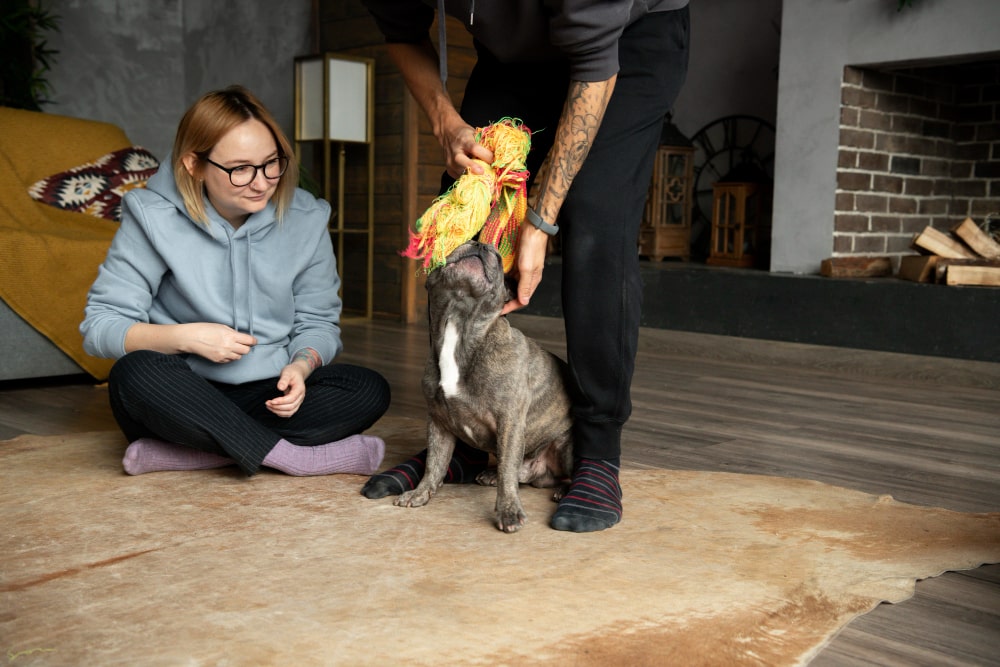
While aggression can be alarming, there are effective strategies for managing it. Addressing the underlying causes and implementing appropriate training techniques can significantly improve your pet’s behavior.
Identify the Trigger
The first step in managing aggression is identifying the specific triggers that lead to aggressive behavior. Observing your pet’s behavior can help you recognize patterns and contexts in which aggression occurs. Keep a journal noting when aggression happens, the circumstances surrounding it, and your pet’s body language. Look for signs of stress or discomfort, such as:
- Tensed body posture
- Ears pinned back
- Tail tucked between legs
- Growling or barking
By understanding these triggers, you can work on desensitizing your pet to specific situations or stimuli.
2. Consult a Professional
If aggression persists or escalates, consulting a veterinarian or a professional animal behaviorist is crucial. They can assess your pet’s behavior and suggest a tailored behavior modification plan. A professional can help identify underlying issues that may not be immediately apparent, such as fear or anxiety disorders. They can also provide insights into specific training techniques and strategies for your unique situation.
3. Create a Safe Space
Providing your pet with a safe, quiet area where they can retreat when feeling anxious or threatened is essential. This can reduce triggers and help them feel secure. Designate a specific room or space in your home as a “safe zone,” equipped with their favorite toys, bed, and calming items. This space should be free from disturbances and allow your pet to decompress when feeling overwhelmed.
4. Positive Reinforcement Training
Using positive reinforcement techniques to encourage desirable behaviors is one of the most effective ways to manage aggression. Reward your pet for calm behavior in situations that usually trigger aggression. For instance, if your dog remains calm when a stranger approaches, offer treats and praise. This method strengthens the bond between you and your pet while reinforcing positive behaviors.
Gradually desensitize your pet to triggers by exposing them to situations at a distance where they feel safe. Over time, you can decrease the distance as they become more comfortable. The key is to ensure that each exposure is a positive experience for your pet.
5. Manage Interactions
Supervise interactions with other pets and people, especially if your pet has a history of aggressive behavior. Use leashes or barriers when necessary to prevent aggressive incidents. This can include:
- Using baby gates to separate pets when visitors arrive
- Leashing your dog during walks to control interactions with other animals
- Implementing a gradual introduction process for new pets in the household
Establishing clear boundaries and expectations during interactions can help reduce the likelihood of aggression.
6. Provide Mental and Physical Stimulation
Boredom can lead to frustration and aggression in pets. Engage your pet with interactive toys, puzzles, and regular exercise to alleviate excess energy. Activities like agility training, obedience classes, and playdates with other friendly pets can also help socialize your pet and reduce aggression. Mental stimulation is just as important as physical exercise, as it helps keep your pet engaged and reduces stress.
Dealing with Specific Situations

Different types of aggression may require tailored approaches. Here’s how to handle some specific situations:
Fear Aggression
- Solution: Use desensitization techniques, gradually exposing your pet to the feared object or situation in a controlled manner. Start at a distance where your pet feels safe and reward them for calm behavior. Gradually decrease the distance as they become more comfortable.
For example, if your dog is afraid of loud noises, you can play recordings of those sounds at a low volume while providing treats. Gradually increase the volume as your dog becomes more accustomed to the sound, continuing to reward calm behavior.
Protective Aggression
- Solution: Train your pet to respond to commands like “leave it” or “come.” Reinforcing calm behavior around perceived threats can help mitigate protective aggression. Practicing these commands in controlled situations will help your pet learn to respond appropriately.
For instance, if your dog is protective of you during walks, practice having a friend approach you while rewarding your dog for staying calm and focused on you. This helps reinforce that they do not need to react aggressively to perceived threats.
Dominance Aggression
- Solution: Establish consistent rules and boundaries within your household. Reward compliant behavior and reinforce your pet’s position in the social hierarchy through positive interactions. Avoid confrontational tactics that could escalate aggression, such as physical punishment or yelling.
For example, if you have multiple dogs, ensure they understand their place in the hierarchy by providing each with individual attention and training. Establishing routines can also help reduce uncertainty, which can lead to dominance-related aggression.
Play Aggression
- Solution: Redirect play aggression by offering toys to bite instead of hands or feet. Teaching appropriate play behaviors through training can help your pet understand boundaries. If your pet becomes overly excited during play, take breaks and allow them to calm down.
Engaging your pet in structured play sessions can also help channel their energy positively. Incorporate games that require problem-solving, like hide-and-seek with toys, to keep them engaged without leading to aggressive play.
Redirected Aggression
- Solution: Recognize the signs of frustration and intervene before aggression escalates. If your pet appears agitated by a stimulus they cannot reach, redirect their focus to a toy or command. Training your pet to respond to cues like “focus” or “look at me” can be helpful.
During walks, if your dog becomes fixated on another dog, use a command that redirects their attention back to you. Consistent practice of these commands can help reduce the likelihood of redirected aggression in the future.
The Importance of Socialization
Socialization plays a crucial role in preventing and managing aggression. Exposing your pet to various environments, people, and other animals during their early developmental stages can help them become well-adjusted and less fearful. This exposure should be positive and controlled, gradually increasing complexity as the pet becomes more comfortable.
For adult pets, socialization may take longer but is still possible. Introduce them to new experiences at their own pace and always prioritize their comfort and safety. Consider enrolling your pet in training classes that focus on socialization, where they can learn to interact with other animals and people in a controlled setting.
The Role of Health and Wellness
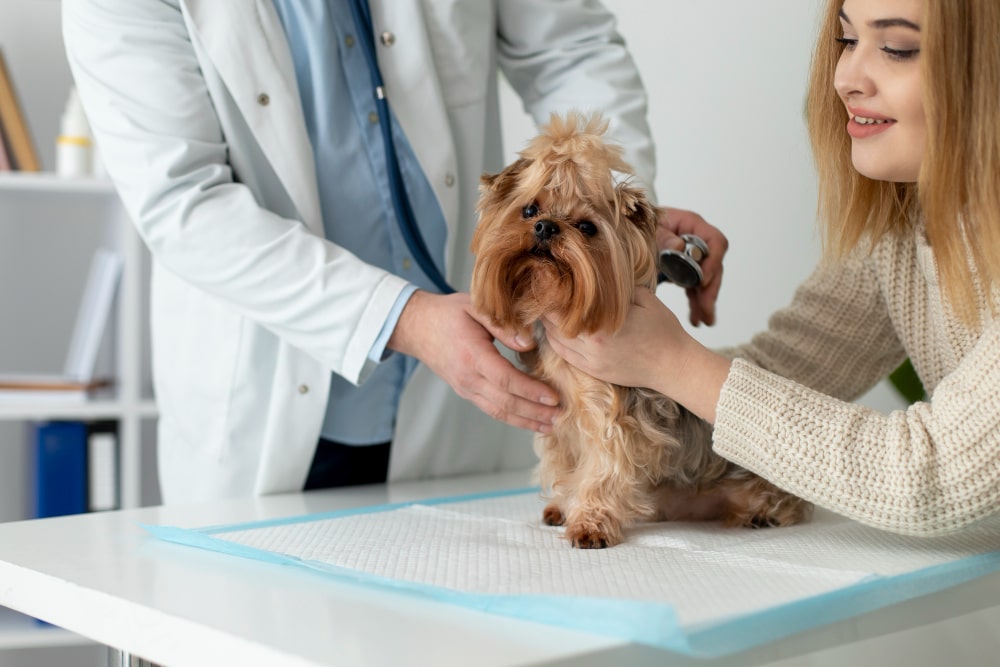
Aggression can sometimes be linked to health issues. Pets in pain or discomfort may react aggressively when approached. Regular veterinary check-ups are essential to identify any underlying health problems that may contribute to aggressive behavior. Ensure your pet is up-to-date on vaccinations and preventative care, as health issues can significantly impact behavior.
In some cases, behavioral issues may stem from medical conditions that require treatment. For example, conditions like hypothyroidism or neurological disorders can lead to changes in behavior, including aggression. If you notice sudden changes in your pet’s behavior, consult your veterinarian for a thorough evaluation.
Additional Strategies for Success
Consistent Routine: Establishing a consistent daily routine can help your pet feel secure and reduce anxiety. Predictability in feeding, exercise, and training schedules can alleviate stress and mitigate aggressive behaviors.
Stress Management Techniques: Consider implementing stress-reduction techniques such as calming music, pheromone diffusers, or natural supplements designed to promote relaxation. Creating a calming environment can significantly impact your pet’s behavior.
Avoid Punishment: Negative reinforcement or punishment can exacerbate fear and aggression in pets. Focus on positive reinforcement methods to encourage desirable behaviors. Building trust and confidence in your pet is essential for long-term success.
Education: Educating yourself about animal behavior can enhance your understanding of your pet’s needs. Books, online courses, and workshops can provide valuable insights into training techniques and behavior management strategies.
What should I do if my pet shows aggression toward other animals?
Start by keeping your pet on a leash during walks. Gradually expose them to other animals at a distance, rewarding calm behavior. Consult a trainer if aggression continues. In some cases, enrolling in a socialization class can help your pet learn appropriate behaviors around other animals.
Can aggression in pets be cured?
While some pets may manage their aggression with training and behavior modification, others may require ongoing management. Each case is unique, and factors like the pet’s history, breed, and environment can influence outcomes. Consistency and patience are key to managing aggression effectively.
How can I tell if my pet’s aggression is serious?
Signs of serious aggression include growling, snapping, or biting. If your pet displays these behaviors consistently or in situations where aggression is unexpected, consult a professional immediately. Aggression that results in injury to another animal or person is particularly serious and requires immediate intervention.
Is it safe to keep an aggressive pet?
Yes, but it requires responsibility. Ensure your pet is managed properly and never put them in situations that could lead to aggressive outbursts. Proper training, supervision, and preventive measures can help maintain a safe environment.
Are certain breeds more prone to aggression?
Some breeds may have predispositions to certain behaviors, but training and socialization play significant roles in a pet’s temperament. Factors such as genetics, environment, and individual personality all contribute to behavior. Responsible breeding practices and proper training can mitigate potential aggression.
What if my pet’s aggression is directed toward me or family members?
Aggression directed toward family members is particularly concerning. It’s essential to consult a professional behaviorist to address this issue, as it can stem from fear, anxiety, or territorial behavior. Safety is paramount, so avoid confrontational situations and seek guidance on managing the behavior effectively.
Conclusion
Aggression in pets can be managed with the right understanding and strategies. By identifying triggers, seeking professional help, and employing positive reinforcement, you can help your pet lead a calmer, more balanced life. Remember, patience and consistency are key in addressing aggression effectively. Building a strong bond with your pet and providing them with the tools to feel secure can lead to a happier, healthier relationship.

